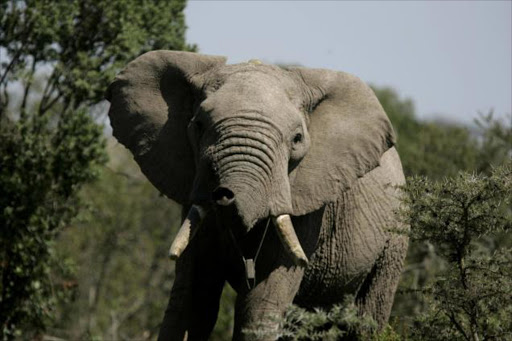By Judith Sibanda
Fourteen people have been killed by wild animals across the country since the beginning of the year, Zimbabwe Parks and Wildlife Management Authority (ZIMPARKS) have revealed.
Zimparks spokesperson Tinashe Farawo told CITE that the deadly encounters, which have left some nursing permanent injuries are being recorded across the districts, mainly in rural areas.
“This year we have lost about 14 people, slightly higher compared to the previous year,” Farawo said.
According to a research conducted by the Zimbabwe Environmental Lawyers Association (ZELA), between 2016 and 2021 Human Wildlife Conflicts (HWC) cases increased by a magnitude of nearly 300 percent from 619 to 1598.
More than 45 people were killed already in human-wildlife conflicts in Zimbabwe by the end of December last year, the same number as those killed in the whole of 2020. In 2021, a total of 72 lives were lost to HWC.
It is this worrying increase that the villagers have brought to the fore the debate over the need for the state to compensate victims of HWC or their surviving family members.
Government announced last year that they had set up a scheme to assist HWC victims with burial and hospitalisations, but remained silent on the issue of the compensation.
Farawo said they are continuously engaging the communities affected by the HWC situations.
“The issues of human wildlife conflicts are affecting every almost every district across the country and we are doing a lot of programs to ensure that we mitigate the problems,” Farawo revealed.
“We are doing a lot of awareness campaigns in communities teaching our people about animal behavior, what to expect when they meet these animals so that we can protect and preserve lives.”
Conservationists attribute the growing cases of HWC to a number of factors that range from population increase of both humans and wildlife, the effects of climate change, deforestation, illegal cutting of grass and a general mismanagement of natural resources.

